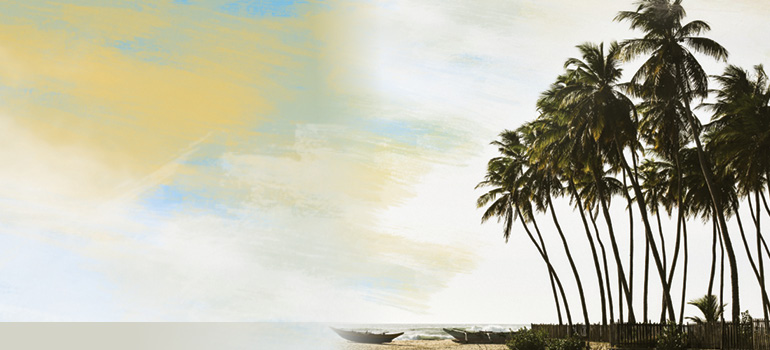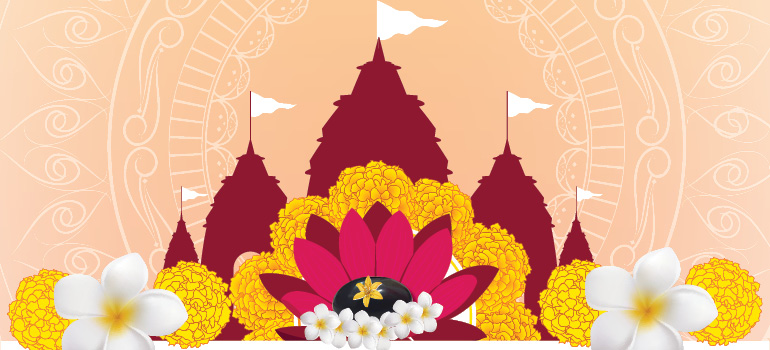Our member Ms K. Chakrabarti had recently gone for a trip to Sri Lanka with her son and
daughter-in-law. She vividly narrates about her stay and her experience there.
On 23 rd January, 2023 we left for Colombo the capital city of Sri Lanka. We took the Sri
Lankan airlines to Colombo. The flight took 1½ hour. The flight timing was rather
uncomfortable as it started late from India. But most international flights usually had the
same pattern. The flight took off at 2.30 a.m. and landed at 4.00 a.m. Colombo airport is
comparatively small but very neat and clean which struck me.
From the airport we took a cab to Taj Bentota, a resort 2 ½ hours from the airport situated on
the Bentota beach. I was fascinated by the wonderful roads built by the Chinese. They were
wide, lined by trees, with fast moving vehicles. The resort was luxurious, surrounded by sea
on 3 sides. The hotel rooms overlooked the sea with an amazing view. We stayed there for 3
days. The pool was an inlet from the sea, lined with palm trees, sun loungers and pool
umbrellas. We lazed around on the beach and at the pool side. It was cool, comfortable and
highly enjoyable.
Sri Lanka is a paradise of handicrafts. Making and selling of masks is a big aspect there.
The masks are of various colours, shapes, sizes and are of different types. They are
examples of tribal art. Two more famous things of Sri Lanka are spices and gemstones.
Spice exports of Sri Lanka are an all-time high. We saw the most aromatic spices in
numerous places which were sold in small packets. Gemstones found in Ceylon are of
export quality and 75 different precious and semi-precious gemstones have been sourced
from there, moreover, it is a top source of finest Ceylon Sapphires. Sri Lanka also flourishes
in coffee production. In the North, Tamilians are more where the coffee plantations exist.
We went for sight-seeing to Sigiriya and Kandy. The roads to these places were also built by
the Chinese, they were neat and clean and looked beautiful being lined with trees on both
sides. Sigiriya has a uniquely built 1600 years old fortress with a striking feature of two feet
created on either side of the stairs going up the fortress. The compound is protected by two
moats and three ramparts. Kandy on the other hand is a city amidst hills situated in the
Kandy plateau. It has a temple and is known as one of the most sacred places of worship
among the Buddhists.
Colombo is a beautiful city where Sinhalese population is predominant. It has wonderful
monuments, buildings, statues, temples and a commemoration hall. The striking feature is
that even the by lanes were spic and span. An excessively used conveyance is the Tuktuk
much like the autos in India.
I will always remember the simplistic yet hardworking nature of the natives, and their love for
cleanliness. Even the countryside is well maintained making it absolutely picturesque.
Categories
Sri Lanka by the Sea


